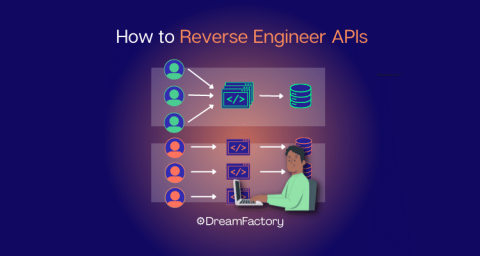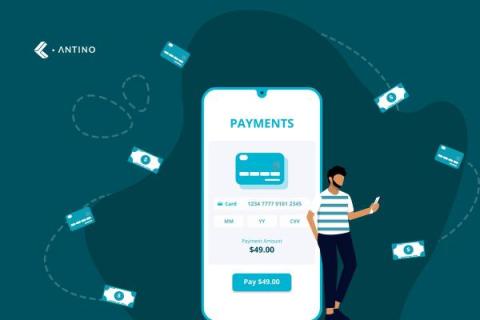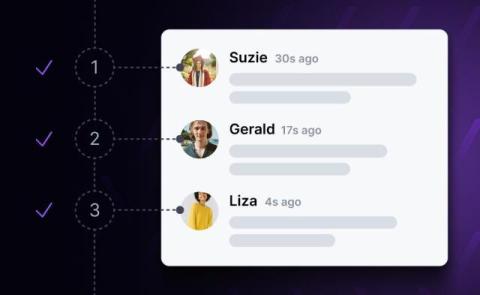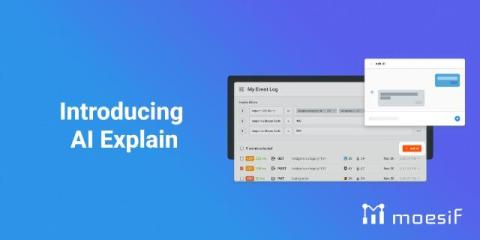Understanding MLS: How It Works and Why It's Essential for Real Estate
Behind every smooth home sale, there’s the MLS (Multiple Listing Service) quietly doing the heavy lifting. This system is the backbone of real estate, a vast network that keeps agents connected, properties visible, and listings accurate. It’s what makes it possible for buyers to see up-to-date options and sellers to reach the right market. Today, nearly 80% of real estate firms are integrating MLS into their digital workflows alongside tools like e-signatures and electronic contracts.











